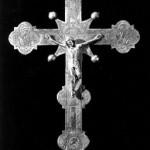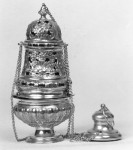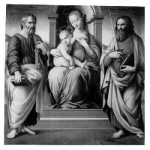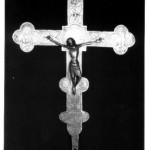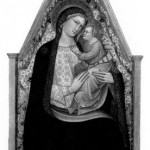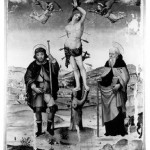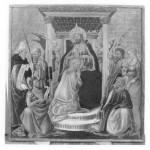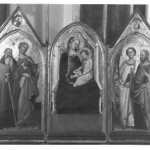Opened in 1989, the museum is housed in the Church of Santa Maria del Gesù, in the town centre. It was founded to gather together in a suitable place the large artistic heritage of the old churches in the San Casciano district, including those of San Giovanni in Argiano, San Martino in Sugana, and San Pietro di sopra.
The church was founded in the second half of the 15th century as a hospice by the Franciscan Observants, and has undergone various vicissitudes over the centuries. Almost completely destroyed during the Second World War, it has since been rebuilt. Its being a museum does not prevent it from being used for the liturgy. As is traditional, the large hall of the single nave is lined with paintings.
The most valuable works of art and objects are gathered In the small attached oratory and on the upper floor and include silverworks and liturgical vestments and hangings, many of which are extraordinarily important in the history of Italian art.
In the painting section, which distinguishes this museum for the quality and importance of the works present, the altar frontal depicting Saint Michael the Archangel and the stories from his legend must be pointed out first of all. It was carried out by Coppo di Marcovaldo before 1260 for the Church of Vico l’Abate and is a powerful example of Florentine painting before Cimabue.
There is also a remarkable group of 14th-century panels that document the developments and trends of the Tuscan school, including works by Lippo di Benivieni, Jacopo del Casentino, Francesco Fiorentino, and Cenni di Francesco. In addition, there is the large triptych dated 1398 by the Master of Sant’Jacopo a Mucciana that was found in the church of the same name. Standing out above all of them is the first known work by the Sienese artist Ambrogio Lorenzetti, the famous Madonna and Child from the Church of Vico l’Abate, dated 1319.

